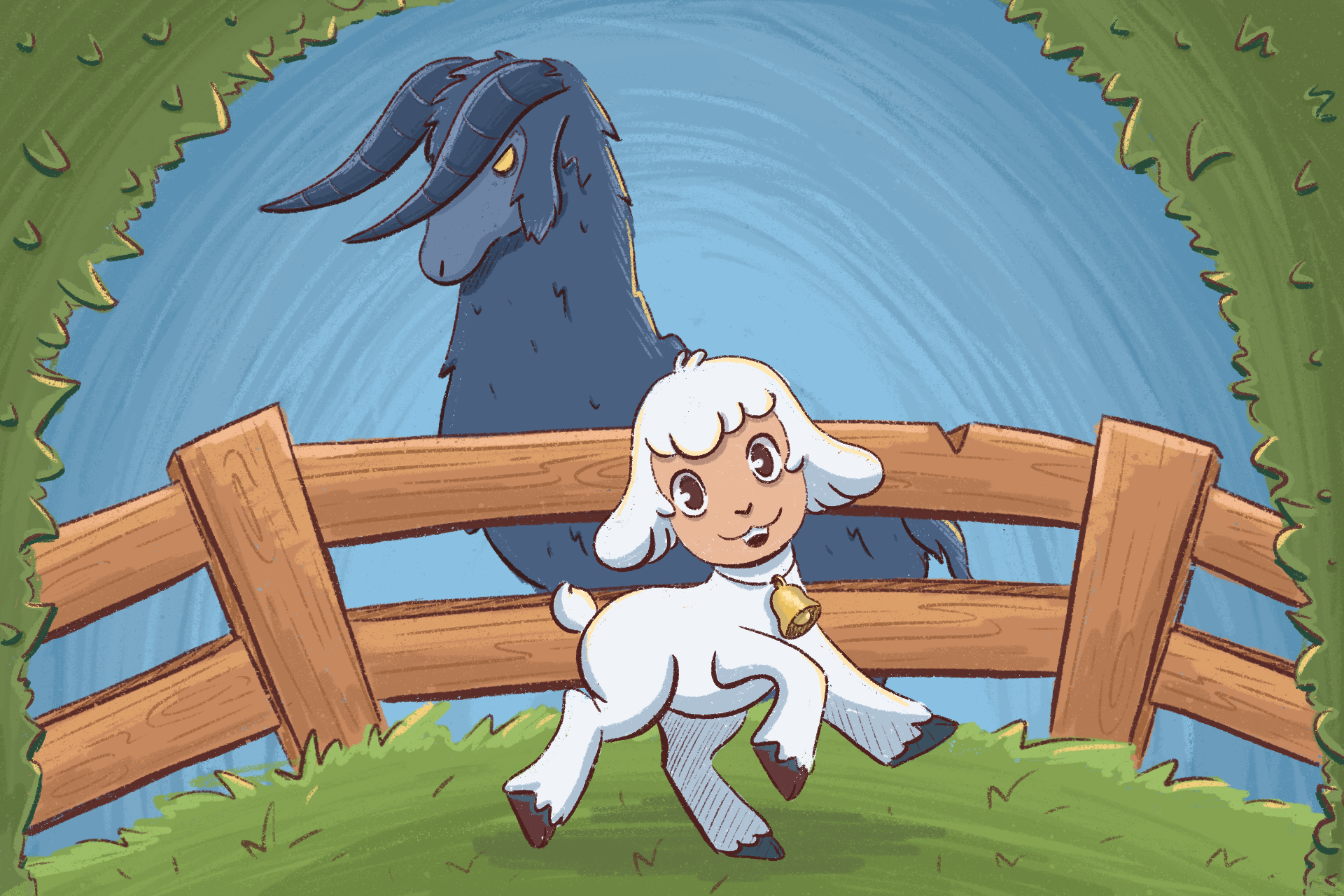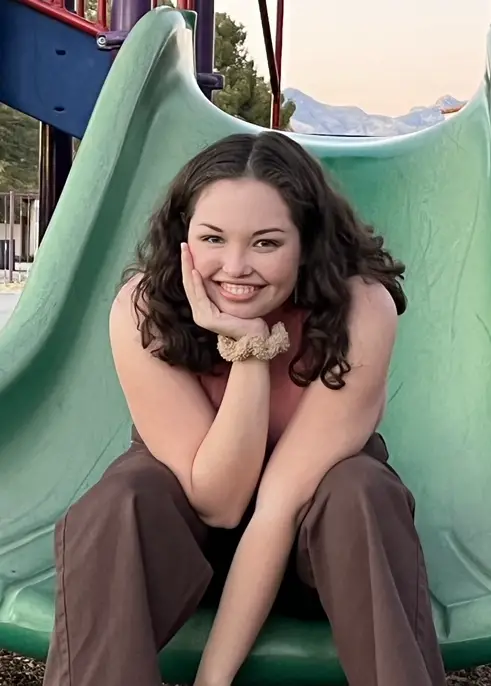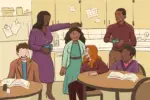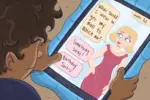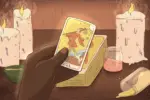Sanrio is known globally for their cute merchandising and lovable cast of characters, but their early film productions are less recognizable and much darker.
Sanrio has become synonymous with all things cute and cuddly in the past few decades. Most famously the home of Hello Kitty, Sanrio boasts a large cast of kawaii icons, including Cinnamoroll, My Melody, and the more recent Gudetama and Aggretsuko.
Looking at Sanrio’s current lineup and their deft ability to brand themselves as uniformly adorable, one might think that Hello Kitty was the singular inciting personality for the company. She’s certainly the most popular character, and her complete ubiquity makes it feel like she’s always been the definitive face of the company.
While this is true in some ways – Hello Kitty was one of the earliest characters to appear in Sanrio merchandising, dating back to 1974 – Sanrio’s identity was much more confused in the world of movie production.
Sanrio first became involved in movie production in the late 1970s, a few years after the company invented much of their star cast. Oddly enough, Sanrio’s first forays into video production were entirely unrelated to their main cast: they funded several cartoons based on folktales and fables, interspersed with sporadic, seemingly randomized American productions.
In 1977, they distributed a documentary about an American couple who adopted a child after WWII. The documentary was called “Who Are the Debolts? And Where Did They Get Nineteen Kids?” That same year, Sanrio released “Little Jumbo,” a cartoon about a boy and his pet elephant trying to bring peace to two fictional warring nations. In 1978, they produced an animated anthology based on Ovid’s “Metamorphoses,” alongside a live-action Katherine Hepburn vehicle about a hot air balloon race.
Suffice to say, their filmography was eclectic.
However, there is a standout similarity between all their early animated works in that they all present a particularly dark and ruthless perception of the world. When paired with Sanrio’s signature kawaii aesthetic, this cynical viewpoint creates a jarring tonal dissonance in nearly all of their cartoons from this period.
The most glaring example of the early Sanrio’s dual nature is “Ringing Bell,” a 1978 animated movie about a little lamb named Chirin. Chirin’s design is from the early anime school of cutesy animals – a tiny body with short, sleek little legs and a giant head with simplistic, sweet eyes. The movie’s poster features him prancing around in a meadow with a big smile and a cute little bell collar.
“Ringing Bell” spends the first third of its runtime being exactly what one expects: a lamb living his life in a meadow, getting into adorable antics. Then, a wolf shows up and massacres half the sheep population, including Chirin’s mother, leaving Chirin to seek revenge. It’s at this point that the movie takes a hard left turn.
Chirin seeks out the wolf that killed his mother to train with him, with the goal of one day becoming strong enough to kill him. The lamb ends up living and hunting with the wolf and sees him as a surrogate father figure over the years. By the time Chirin finally kills the wolf , he’s become such a horrifying amalgamation of predator and prey that he no longer fits in anywhere. With his mentor dead and the sheep scared of him, he goes off to the mountains to wait for death, his ghostly bell still ringing in the wind.
This parable about the perils of seeking revenge and the dangers of going against the natural order of things is decidedly not “Hello Kitty’s Furry Tale Theater.” It was, however, emblematic of where Sanrio as a company was at the time, along with the Japanese animation industry as a whole.
In the same way that Disney was foundational to the American animation industry, Osamu Tezuka’s works, particularly the 1963 series “Astro Boy,” were seminal to Japanese animation. In the same way that some early Disney works can be considered too dark today, Tezuka’s series, while cute, featured profound tragedy. “Astro Boy” took place in an ecological dystopia and explored many themes now key to the cyberpunk genre, including humanity, conservation, and discrimination. The titular Astro Boy was himself a second-class citizen, sold into child slavery by his creator.
Tezuka’s dark but cute work was the basis for most Japanese animation in the ‘70s and ‘80s and certainly helps when trying to put Sanrio’s films in context. In the early ‘80s, Tezuka even created a series of films with Sanrio starring his baby unicorn character, Unico. Unico, with his tiny body and giant head, is cursed by the gods to have his memory erased every time he feels truly loved. He did not break the dour trend in Sanrio’s filmography.
Around 1989, Sanrio finally began producing films revolving around their more beloved characters, namely Hello Kitty and her friends. Many early Hello Kitty films were fairy tale adaptations, but without the more terrifying elements that characterized Sanrio’s earlier fables.
Today, Sanrio has come full circle and is once again exploring societal issues in shows like “Aggretsuko.” However, their themes have become more nuanced, focusing on what it’s like to be a woman in the workplace, Japanese work culture and the difficulty of finding balance. It seems Sanrio finally found balance, and hopefully, they’ll continue to create thoughtful (and adorable) cartoons for generations to come.


